Discover the butterflies of the Lowveld — colourful, resilient, and vital to the bushveld ecosystem around Needles Lodge and Marloth Park.
Jackalberry: Shade Tree of the Riverine
Discover the Jackalberry tree (Diospyros mespiliformis) in Marloth Park and Kruger — its ecology, wildlife role, conservation, and why you’ll remember it on safari.
In the heat of the African day, when even the cicadas pause and the dust lies flat on the earth, there’s one place where the world exhales — under the Jackalberry. This magnificent tree, with its wide, dark-green crown and roots that dig deep into memory and earth, is one of the true characters of the bush.
Here in Marloth Park, along the edges of Kruger National Park, the jackalberry tree (Diospyros mespiliformis) offers shelter to wildlife and observers alike. From the deck of Needles Lodge, we've watched kudu and zebra pause in its shade, monkeys scamper through its branches, and once, a vibrant Crested Barbet land to pluck a ripe fruit with its brightly-colored beak.
It’s not a tree that demands attention — but once you notice it, you never forget it.
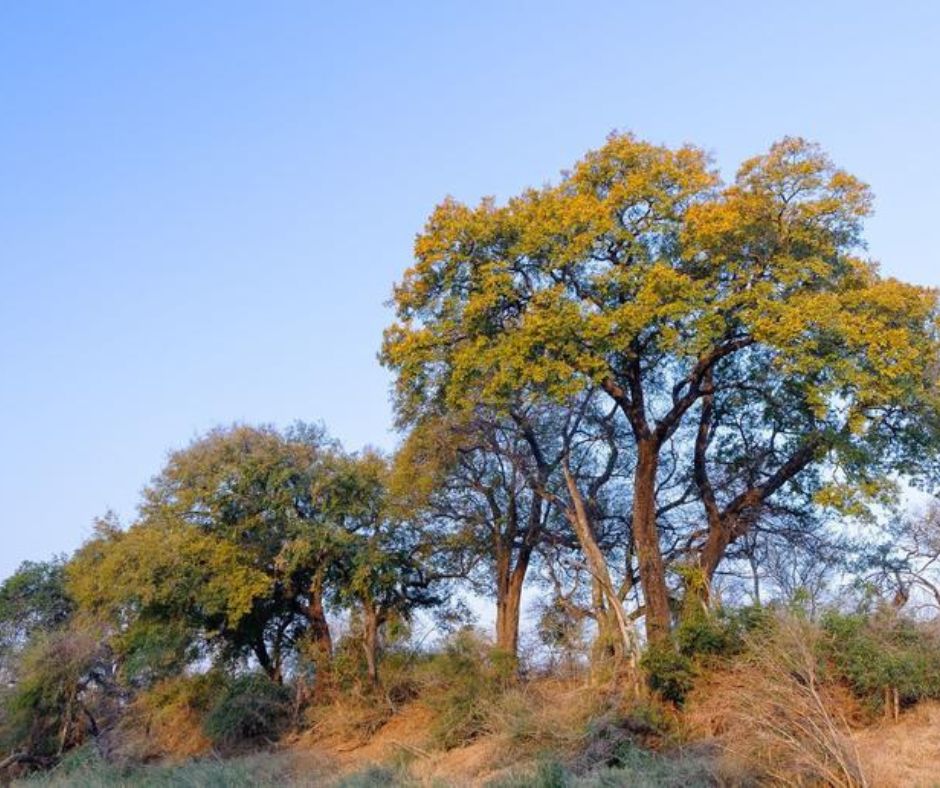
Botanical Portrait: Form, Life, and Growth
Appearance & Anatomy
The Jackalberry is a tall, upright tree, capable of reaching 25 m in height, with trunk circumferences exceeding 5 m in older specimens. Its bark is dark grey to black, fissured deeply, with a rough texture. The inner bark reveals a reddish hue. Its leaves are simple, alternate, leathery, and elliptical — often glossy dark green above, lighter below. Young leaves may emerge in reddish or pinkish tones, especially in spring.
Flowers appear in the rainy season and are cream-coloured and bell-shaped. The Jackalberry is dioecious, meaning individual trees are either male or female. Male flowers cluster, while female blossoms are solitary, eventually giving rise to the fruit.
When the fruit ripens — usually in the dry season — it becomes yellow to orange or even purple (though often eaten before full maturity) and is a fleshy berry containing several wrinkled seeds inside. The persistent calyx lobes remain at the base of the fruit.
Habitat, Soil & Associations
The Jackalberry is most at home along riparian zones— riverbanks, floodplains, and moist alluvial soils — though it is occasionally found on termite mounds or in sandy savanna soils. It prefers deep, well-drained soils with moisture availability, yet its roots stretch deep enough to find water even in drier spells.
A fascinating relationship is that with termites. Some termite mounds host Jackalberry trees; the termites help aerate the soil for the tree, and in return, the tree’s root system offers protection. Interestingly, termites do not consume the living wood of Jackalberry, which adds to its durability.
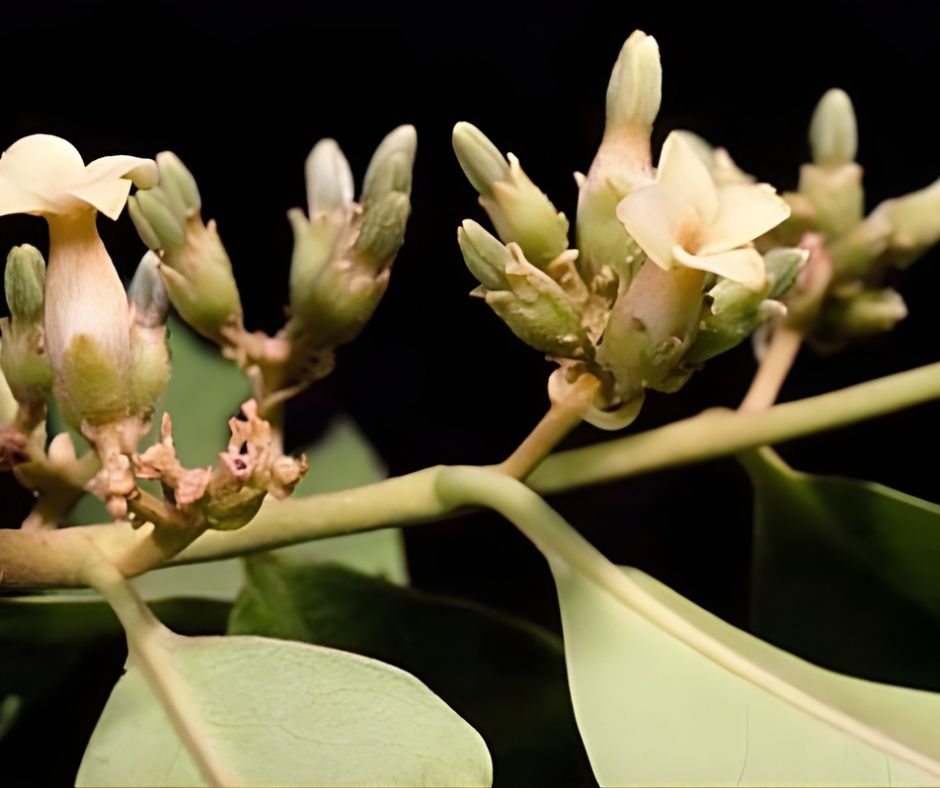
The Jackalberry in the Web of Life
The Jackalberry is much more than a silent sentinel — it is a keystone species in its environment, feeding, sheltering, and connecting a wide array of wildlife and flora.
Fruit, Seed Dispersal & Animal Diets
The fruit is a beloved treat across the bush. Elephants, baboons, antelope (nyala, impala, kudu, bushbuck), warthogs, rodents, and even birds like hornbills, pigeons, parrots, and fruit bats all partake. Seeds are often dispersed in the droppings of these animals.
Jackalberries are so named partly because seeds frequently show up in the dung of jackals, suggesting they consume the fruits (or scavenge them) and contribute to spreading them.
Leaves, Flower Visitors, and Insects
The leaves and flowers also attract attention. Elephants, kudus, buffalo, and giraffes may browse foliage. Insects — bees, wasps, butterflies — pollinate the flowers or feed on them. The larvae of certain butterflies (for example the bushveld emperor) feed on the leaves.
Thus, the Jackalberry is not just food but habitat: its canopy shelters nesting birds, its bark and crevices host reptiles, and its base warms small mammals and insects.
Seasonal Rhythms & Ecological Timing
When fruit season arrives — typically during or after the rains — life intensifies around Jackalberries. Animals congregate, feeding and chatting in soft voices. When the dry season deepens, the tree’s dense shade becomes a sanctuary for resting creatures.
Because fruiting synchronizes across many trees, the Jackalberry becomes a focal point in the landscape: animals expect it. It helps stabilize wildlife movement, acting as a “fruiting island” in drier times.
Interactions with Birds of Note
During its fruiting season, typically spanning spring and summer, the jackalberry's canopy becomes a bustling "banquet for the skies". Species commonly seen feasting on the fruit include the African Green Pigeon, which loves the soft, ripe flesh, and various hornbills, such as the Southern Yellow-billed Hornbill. Large, chattering flocks of starlings also arrive to enjoy the seasonal fruit. Additionally, the Common Scimitarbill, a member of the hornbill family, uses its specialized curved bill to probe the tree's bark for insects.
Beyond being a source of food, the jackalberry's robust branches serve as a strategic vantage point for predators. The Martial Eagle, a powerful apex predator and one of Kruger's "Big Six" birds, frequently uses these branches as an observatory. (You can read more in our article The Martial Eagle – Kruger’s Mighty Sky Hunter.)
From Root to Crown: Uses, Myths & Human Bonds
Wood, Craft & Practical Value
The wood of the Jackalberry is highly prized: fine-grained, dense, durable, and naturally termite-resistant. Because termites generally avoid living wood, the wood is ideal for furniture, flooring, mortars, pestles, and even canoes. In colonial times, it was sometimes called “African ebony,” though it is distinct from true ebony.
The trunk is also used for carved bowls, wooden spoons, and local tools.
Medicine, Myth & Tradition
Across many African cultures, the Jackalberry is revered not just for its shade and fruit, but for its healing properties and spiritual significance.
The leaves, bark, roots all contain tannins and other compounds. The bark or root decoction may be used as a styptic (to staunch bleeding), to treat fevers, intestinal parasites, or skin diseases like ringworm. Some cultures believe that the fruit should only be eaten when at home (not away), lest one invite malevolent spirits.
A 2023 review of D. mespiliformis reports that extracts from the plant show pharmacological activities and low toxicity in in-vivo studies, affirming traditional uses.
Cultural Significance & Conservation
In many cultures, the Jackalberry is a sacred or ceremonial tree. Because it is sturdy and long-lived, it is sometimes associated with ancestral spirits, memory, or as a meeting place of elders.
Although in South Africa the Jackalberry is not currently listed as threatened, its ecological importance suggests it should be protected, especially given pressure from wood harvesting, land conversion, or overuse of fruit.
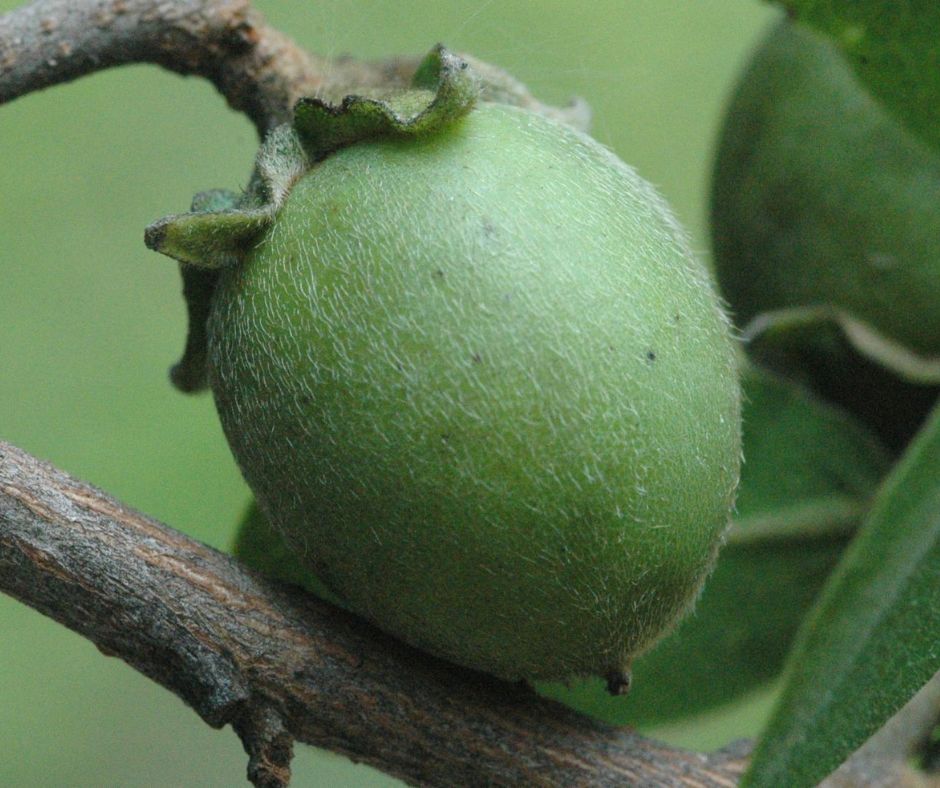
Conservation, Threats & The Futuren
Pressures & Risks
While the Jackalberry is not listed as endangered in South Africa, threats do exist:
- Overharvesting of wood for furniture, tools, or fuel.
- Fruit collection by humans can reduce seed dispersal and regeneration (a known issue in plant–frugivore systems).
- Habitat loss through agriculture, development, or riverine deforestation.
- Climate change and altered rainfall patterns could disrupt its preferred niche along watercourses.
- Invasive species, competition with alien trees, or altered fire regimes.
Because Jackalberry is intertwined with wildlife flows, its decline could ripple out: fewer feeding trees, less shelter, and weaker connections in the ecosystem.
Conservation Actions & Community Role
Conserving Jackalberries means protecting riverine corridors, limiting destructive harvesting, and encouraging local communities to value living trees. In fact, many ethnobotanical studies show that local knowledge of D. mespiliformis is rich, yet under-documented — and including communities in conservation planning is critical.
Research into sustainable fruit harvesting, replanting native seedlings, and protecting mature trees during land conversion are all steps forward.
Why the Jackalberry Matters to You
If you come to Needles Lodge, you may not realize that the quiet tree you passed on your way to dinner is one of the pillars holding up the bush.
- It supports birds like pigeons, hornbills, turacos — creatures you’ll read about in our birding experiences in Kruger.
- It links sky hunters like the Martial Eagle to the land below.
- It anchors shade, soil, moisture, and quiet comfort for game drives and bush walks.
- It connects guests more deeply to the natural rhythms of Marloth Park and Kruger.
- When you rest beneath its branches at dusk, sip a drink, or listen to the quiet, you are interfacing with centuries of ecology. You are part of the story.
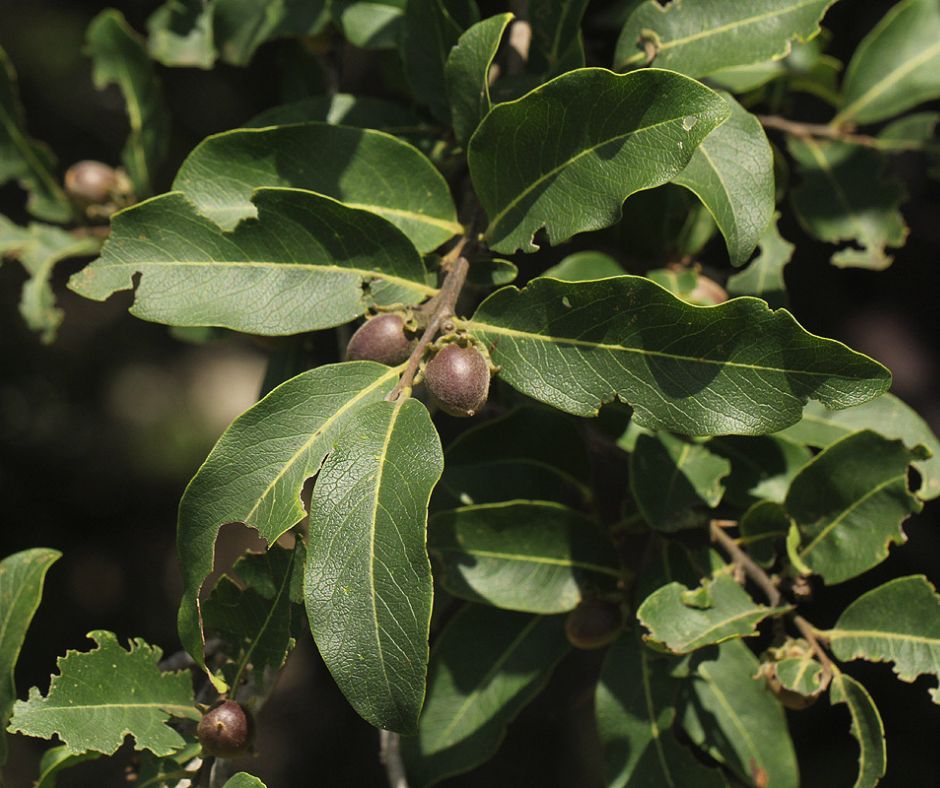
Practical Tips for Guests & Explorers
Timing your visit: The best time to see fruiting Jackalberries is in the late dry season, when the trees are heavy with berries and wildlife congregates.
Guide with respect: Approach quietly. Avoid striking branches or disturbing nest sites.
Photography tips: Use side-light or back-light to highlight the glossy leaves and subtle textures of bark. Birdlife often shows best at dawn or dusk.
Tree spotting routes: On a morning game drive or bush walk near riverine zones, ask your guide to point out Jackalberries growing along streams, creeks, or near termite mounds.
Support conservation: Ask about local reforestation or tree-protection projects. Even a small donation helps in planting and protecting habitat.
Some trees you walk past. The Jackalberry, you remember.
Whether it’s the scent of its crushed leaves, the coolness beneath its shade, or the quiet drama it hosts high in its branches — it leaves an impression.
So when you next visit Needles Lodge, keep your eyes open. There’s likely a Jackalberry nearby, playing host to an entire cast of bushveld characters. Stop for a moment. Listen. The tree has stories to tell.
And who knows — maybe one of them will be yours.
Disclaimer:
The references to the traditional and medicinal uses of the Jackalberry tree in this article are provided for informational and entertainment purposes only. While these uses are part of indigenous knowledge systems, they are not endorsed as medical advice. Needles Lodge and the author are not medical professionals, and we recommend consulting a qualified healthcare provider before considering any herbal or natural remedies.
Further Reading
Discover Kruger National Park's best birding drives and species, from Pel's Fishing Owl to bee-eaters. Enjoy birdwatching at Needles Lodge, your tranquil safari base.
Explore the fascinating role of the Mopane Tree in Africa’s savannas. From feeding elephants and Mopane Worms to its traditional medicinal uses, discover how this resilient tree supports both wildlife and local communities.
Kruger National Park, located in South Africa, is renowned for its breathtaking landscapes and diverse wildlife. Amidst this natural wonderland, the charismatic vervet monkeys (Chlorocebus pygerythrus) add an extra touch of charm and mischievousness. These highly adaptable primates have made Kruger their home, captivating visitors with their playful antics and social dynamics. Let's delve into the world of vervet monkeys and discover what makes them such fascinating residents of Kruger National Park.

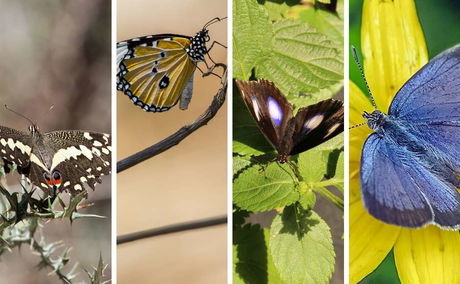
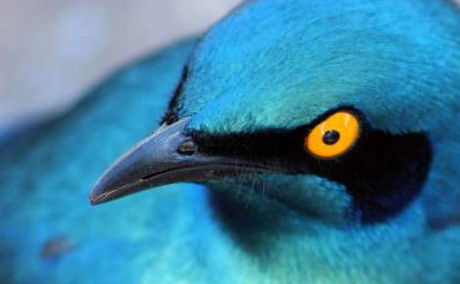
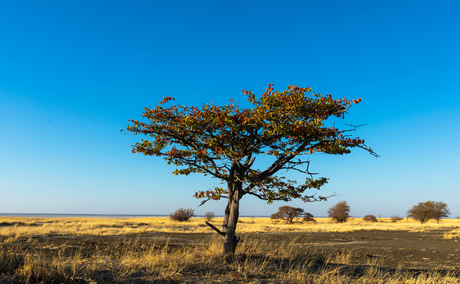
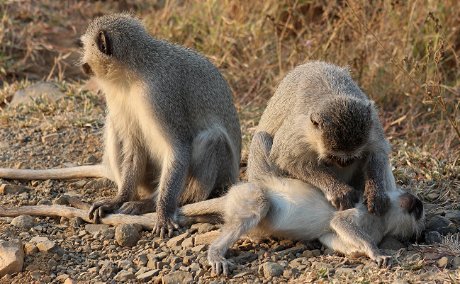
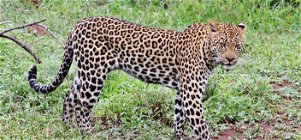
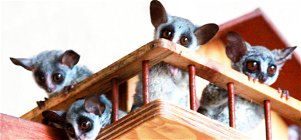
Share This Post